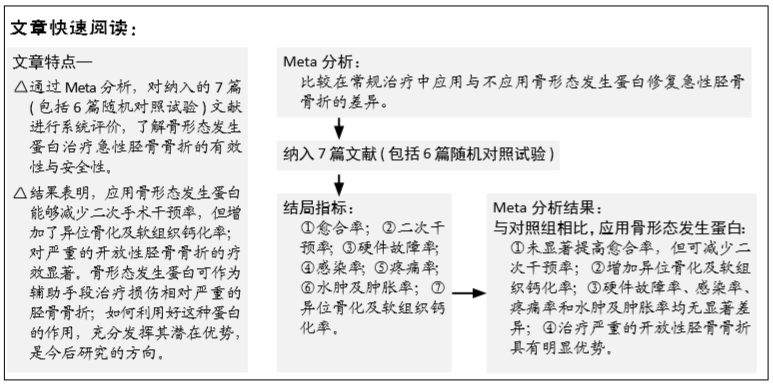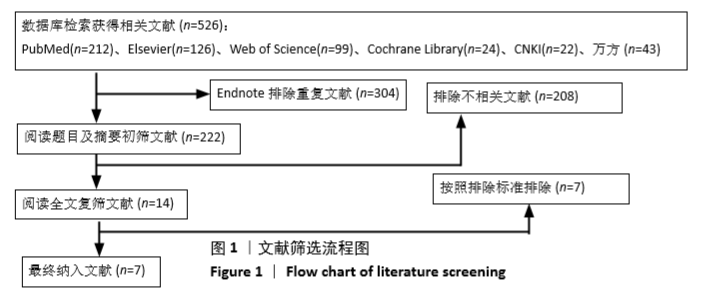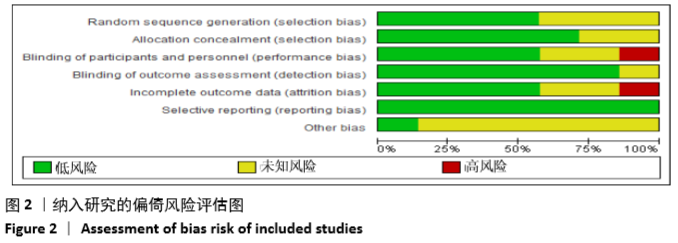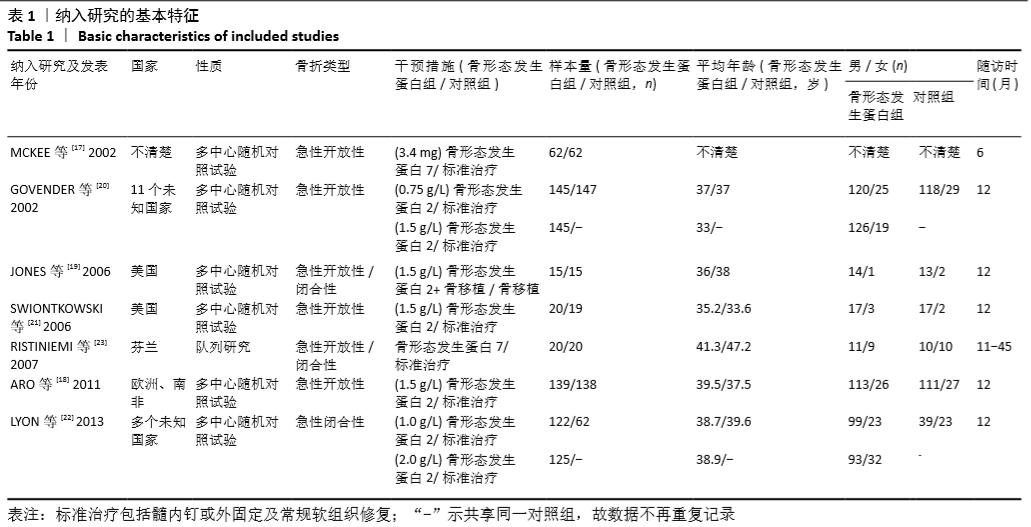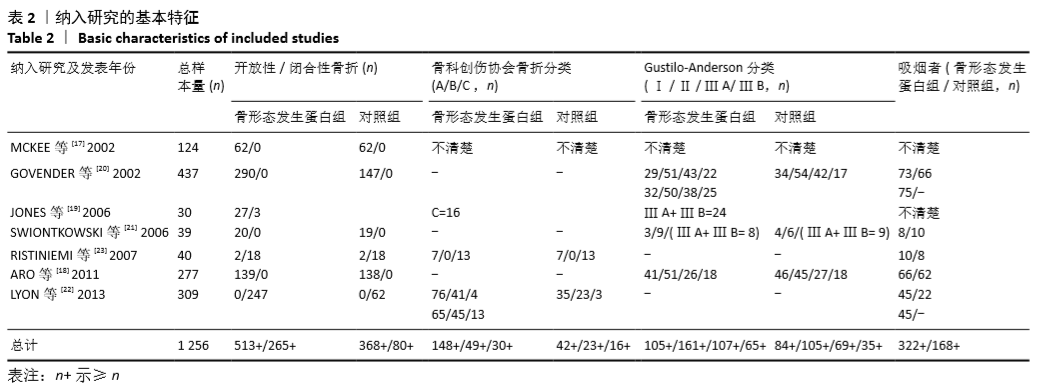[1] Li Y, Shen S, Xiao Q, et al. Efficacy comparison of double-level and single-level bone transport with Orthofix fixator for treatment of tibia fracture with massive bone defects. Int Orthop. 2020;44(5):957-963.
[2] Wuarin L, Gonzalez AI, Zingg M, et al. Clinical and radiographic predictors of acute compartment syndrome in the treatment of tibial shaft fractures: a retrospective cohort study. BMC Musculoskelet Disord. 2020;21(1):1-11.
[3] Meinberg E, Agel J, Roberts C, et al. Fracture and dislocation classification compendium-2018. J Orthop Trauma. 2018;32:S1-S10.
[4] Kim P. Leopold S. Gustilo-anderson classification. Clin Orthop Relat Res.2012; 470(11): 3270-3274.
[5] Lua J, Tan V, Sivasubramanian H, et al. Complications of open tibial fracture management: risk factors and treatment. Malays Orthop J. 2017;11(1):18-22.
[6] Singaram S, Naidoo M. The physical, psychological and social impact of long bone fractures on adults: A review. Afr J Prim Health Care Fam Med. 2019;11(1):e1-e9.
[7] Ghodadra N, Singh K. Recombinant human bone morphogenetic protein-2 in the treatment of bone fractures. Biologics. 2008;2(3):345-354.
[8] Itoi T, Harada Y, Irie H, et al. Escherichia coli-derived recombinant human bone morphogenetic protein-2 combined with bone marrow-derived mesenchymal stromal cells improves bone regeneration in canine segmental ulnar defects. BMC Vet Res.2016;12:201.
[9] Poon B, Kha T, Tran S, et al. Bone morphogenetic protein-2 and bone therapy: successes and pitfalls. J Pharm Pharmacol. 2016;68(2):139-147.
[10] Morris R, Pallister I, Trickett RW. Measuring outcomes following tibial fracture. Injury.2019;50(2):521-533.
[11] Fisher M, Yee K, Alba B, et al. Applications of Bone Morphogenetic Protein-2: Alternative Therapies in Craniofacial Reconstruction. J Craniofac Surg. 2019;30(7):1952-1959.
[12] Richards BS, Anderson TD. RhBMP-2 and intramedullary fixation in congenital pseudarthrosis of the tibia. J Pediatr Orthop. 2018;38(4):230-238.
[13] Dai J, Li L, Jiang C, et al. Bone morphogenetic protein for the healing of tibial fracture: a meta-analysis of randomized controlled trials. PLoS One. 2015;10(10):e0141670.
[14] 魏攀登, 曹立颖, 丁明聪, 等. 骨形态发生蛋白治疗开放性胫骨骨折的Meta分析[J]. 中国骨伤,2012,25(11):946-950.
[15] Wei S, Cai X, Huang J, et al. Recombinant human BMP-2 for the treatment of open tibial fractures. Orthopedics. 2012; 35(6): e847-e854.
[16] Barcak EA, Beebe MJ. Bone Morphogenetic Protein: is there still a role in orthopedic trauma in 2017? OrthopClin North Am. 2017; 48(3):301-309.
[17] McKee M, Schemitsch E, Waddell J, et al. The effect of human recombinant bone morphogenic protein (rhBMP-7) on the healing of open tibial shaft fractures: results of a multi-center, prospective, randomized clinical trial. Proceedings of the 18th annual meeting of the orthopaedic trauma association. Toronto: 11-13.
[18] Aro HT, Govender S, Patel AD, et al. Recombinant human bone morphogenetic protein-2: a randomized trial in open tibial fractures treated with reamed nail fixation. J Bone Joint Surg Am. 2011;93(9):801-808.
[19] Jones AL, Bucholz RW, Bosse MJ, et al. Recombinant human BMP-2 and allograft compared with autogenous bone graft for reconstruction of diaphysealtibial fractures with cortical defects. A randomized, controlled trial. J Bone Joint Surg Am. 2006;88(7):1431-1441.
[20] Govender S, Csimma C, Genant HK, et al. Recombinant human bone morphogenetic protein-2 for treatment of open tibial fractures: a prospective, controlled, randomized study of four hundred and fifty patients. J Bone Joint Surg Am. 2002;84-A(12): 2123-2134.
[21] Swiontkowski MF, Aro HT, Donell S, et al. Recombinant human bone morphogenetic protein-2 in open tibial fractures. A subgroup analysis of data combined from two prospective randomized studies. J Bone Joint Surg Am. 2006;88(6):1258-1265.
[22] Lyon T, Scheele W, Bhandari M, et al. Efficacy and safety of recombinant human bone morphogenetic protein-2/calcium phosphate matrix for closed tibialdiaphyseal fracture: a double-blind, randomized, controlled phase-II/III trial. J Bone Joint Surg Am. 2013;95(23): 2088-2096.
[23] Ristiniemi J, Flinkkila T, Hyvonen P, et al. RhBMP-7 accelerates the healing in distal tibial fractures treated by external fixation. J Bone Joint Surg Br. 2007;89(2):265-272.
[24] Hao ZC, Xia Y, Xia DM, et al. Treatment of open tibialdiaphyseal fractures by external fixation combined with limited internal fixation versus simple external fixation: a retrospective cohort study. BMC Musculoskelet Disord. 2019;20(1):311.
[25] Ribeiro FO, Gómez-Benito MJ, Folgado J, et al. Insilicomechano-chemical model of bone healing for the regeneration of critical defects: the effect of BMP-2. PLoS One. 2015;10(6):e0127722.
[26] Singh R, Bleibleh S, Kanakaris NK, et al. Upper limb non-unions treated with BMP-7: efficacy and clinical results. Injury. 2016;47 Suppl 6:S33-S39.
[27] Hissnauer TN, Stiel N, Babin K, et al. Recombinant human bone morphogenetic protein-2 (rhbmp-2) for the treatment of nonunion of the femur in children and adolescents: a retrospective analysis. Biomed Res Int. 2017;2017: 3046842.
[28] 耿彬, 陈永刚, 夏亚一, 等. 骨形态生成蛋白治疗骨折的系统评价[J]. 中国矫形外科杂志, 2010,18(23):1949-1954.
[29] Harris I, Lyons M. Reoperation rate in diaphyseal tibia fractures. ANZ J Surg. 2005; 75(12):1041-1044.
[30] Papanagiotou M, Dailiana ZH, Karachalios T, et al. Heterotopic ossification after the use of recombinant human bone morphogenetic protein-7. World J Orthop. 2017;8(1):36-41.
[31] Shi L, Sun W, Gao F, et al. Heterotopic ossification related to the use of recombinant human BMP-2 in osteonecrosis of femoral head. Medicine (Baltimore). 2017;96(27):e7413.
[32] Kwak EJ, Cha IH, Nam W, et al. Effects of locally administered rhBMP-2 and bisphosphonate on bone regeneration in the rat fibula. Oral Dis.2018;24(6):1042-1056.
[33] Cannada LK. A randomized controlled trial comparing rhbmp-2/acs vs. autograft for the treatment of tibia fractures with critical size defects. J Orthop Trauma. 2019;33(8):384-391.
[34] Alt V, Donell ST, Chhabra A, et al. A health economic analysis of the use of rhBMP-2 in Gustilo-Anderson grade III open tibial fractures for the UK, Germany, and France. Injury. 2009;40(12):1269-1275. |
